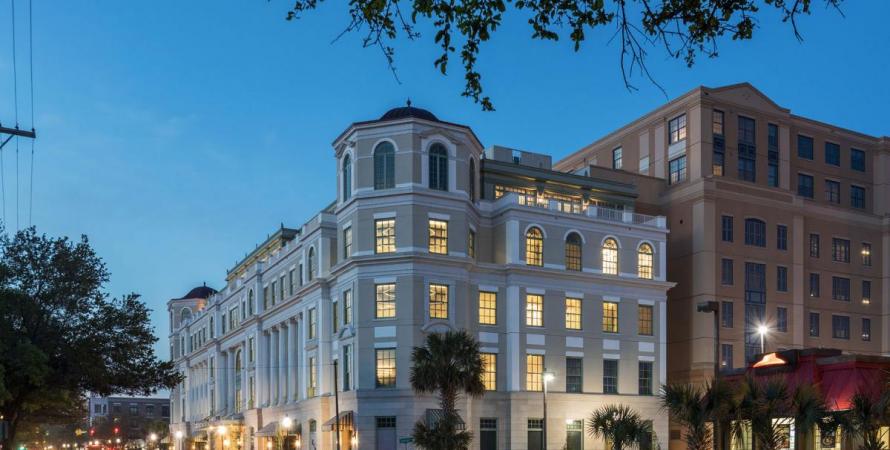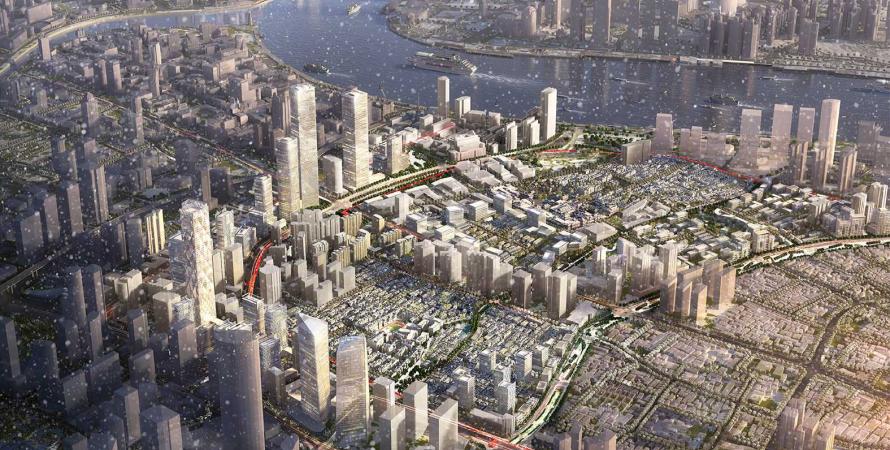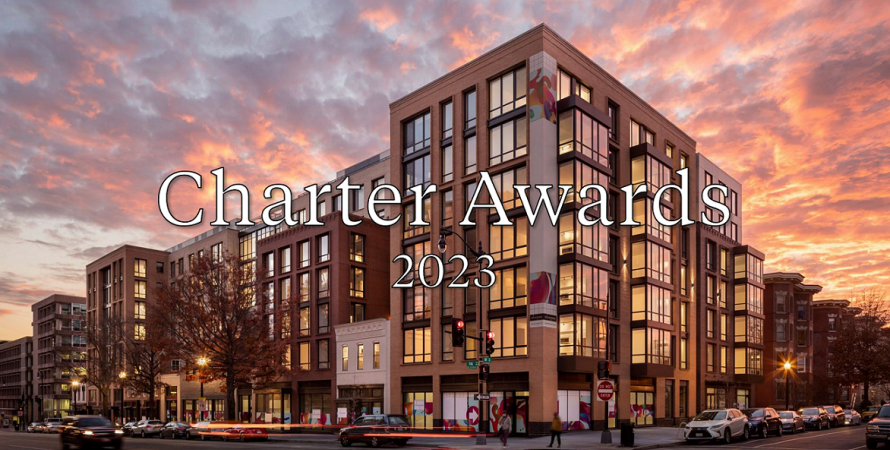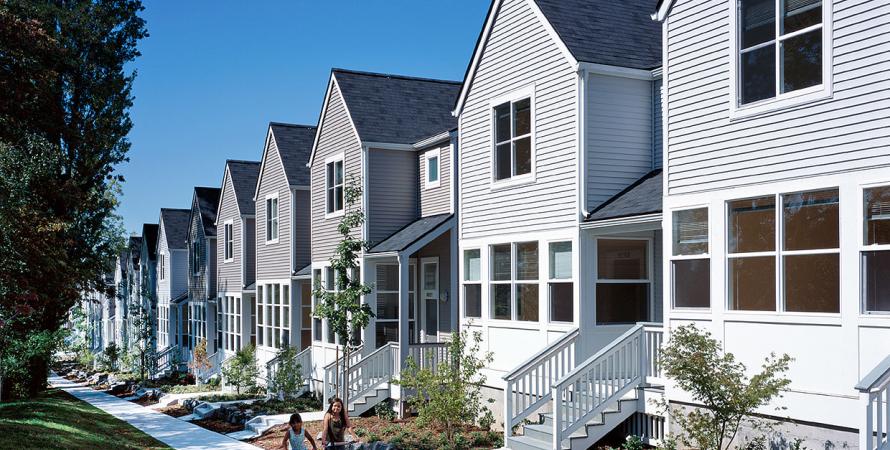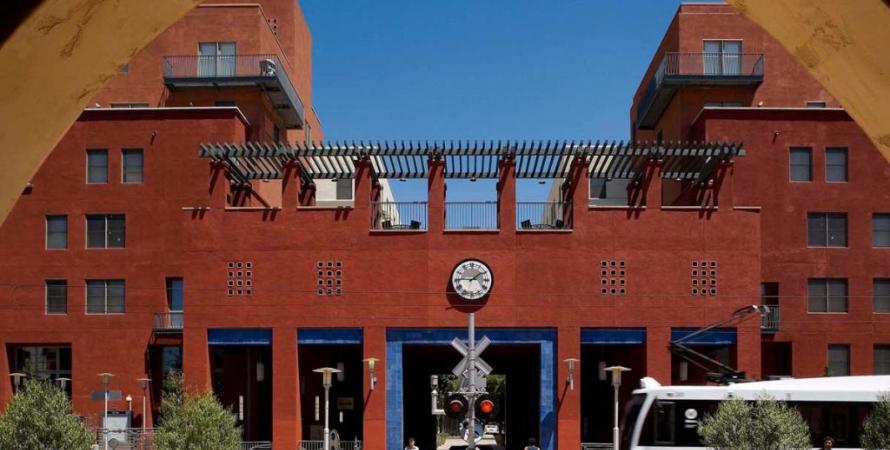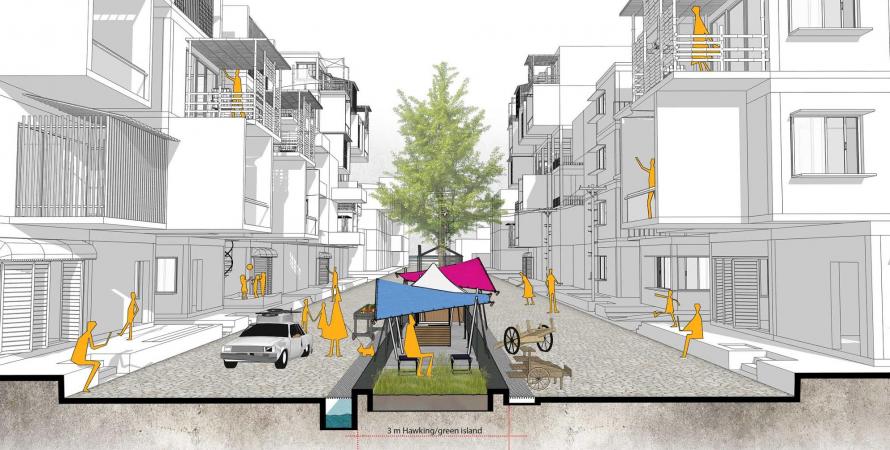Project Database
This searchable database of projects represents the range and diversity of work in the New Urbanism. From regional-scale visions to single-building historic renovations, CNU members and their allies build places people love through land use planning, development, policy, and advocacy. If you are aware of a project that you believe should be part of the database, please email Robert Steuteville or Lauren Mayer.
Filters
Upper King Street Gateway Development
Charleston, South Carolina
Charleston is one of the best-preserved historic cities in America, and architecturally sensitive redevelopment has fueled an economic revival of downtown since the 1970s.
Shanghai Old Town
Shanghai, China
China is rapidly losing its historic, human-scale urban fabric. Demolition of historic areas is common, and new development is typically done in block-size increments, sliced apart by wide arterial roads.
Essex Crossing
New York, New York
Located on portions of nine blocks in the heart of Manhattan’s historic Lower East Side, Essex Crossing is rising on six acres that sat mostly vacant since 1967, representing one of the most significant urban renewal projects in the history of New
NewHolly
Seattle, Washington
Between 1997 and 2001, the Seattle Housing Authority transformed the dilapidated, low-income housing community of Holly Park into a diverse and dynamic mixed-income neighborhood—NewHolly.
Tregunnel Hill
Newquay, United Kingdom
In the Village of Newquay a new urban neighborhood has been built with local materials and workers, trained in an apprenticeship program.
Del Mar Station
Pasadena, California
In 1925, the AT&SF Rail Company constructed the Pasadena Santa Fe Station, the destination of a railroad meant to connect LA to Chicago.
Serenbe
Chattahoochee Hills, Georgia
In the Chattahoochee Hills of northwestern Georgia, a neighborhood was built to protect the rural land outside of Atlanta.
A Framework for Empowerment
Buenos Aires, Argentina
This plan proposes the revitalization of Villa 31, an 80-year-old squatter-built shantytown in Buenos Aires, for its long-time residents—using bottom-up and top-down implementation concepts.
Sweet City: Defeating the City-Nature Antagonism
Curridabat, Costa Rica
The first city in Costa Rica to adopt form-based coding has created a citywide plan to connect urban neighborhoods to nature. Sweet City is the next phase of a Charter Award-winning plan of 2014.
Davidson’s Rural Area Plan
Davidson, North Carolina
The Rural Area Plan (RAP) for Davidson uses a form-based code for aggressive rural land conservation.



















